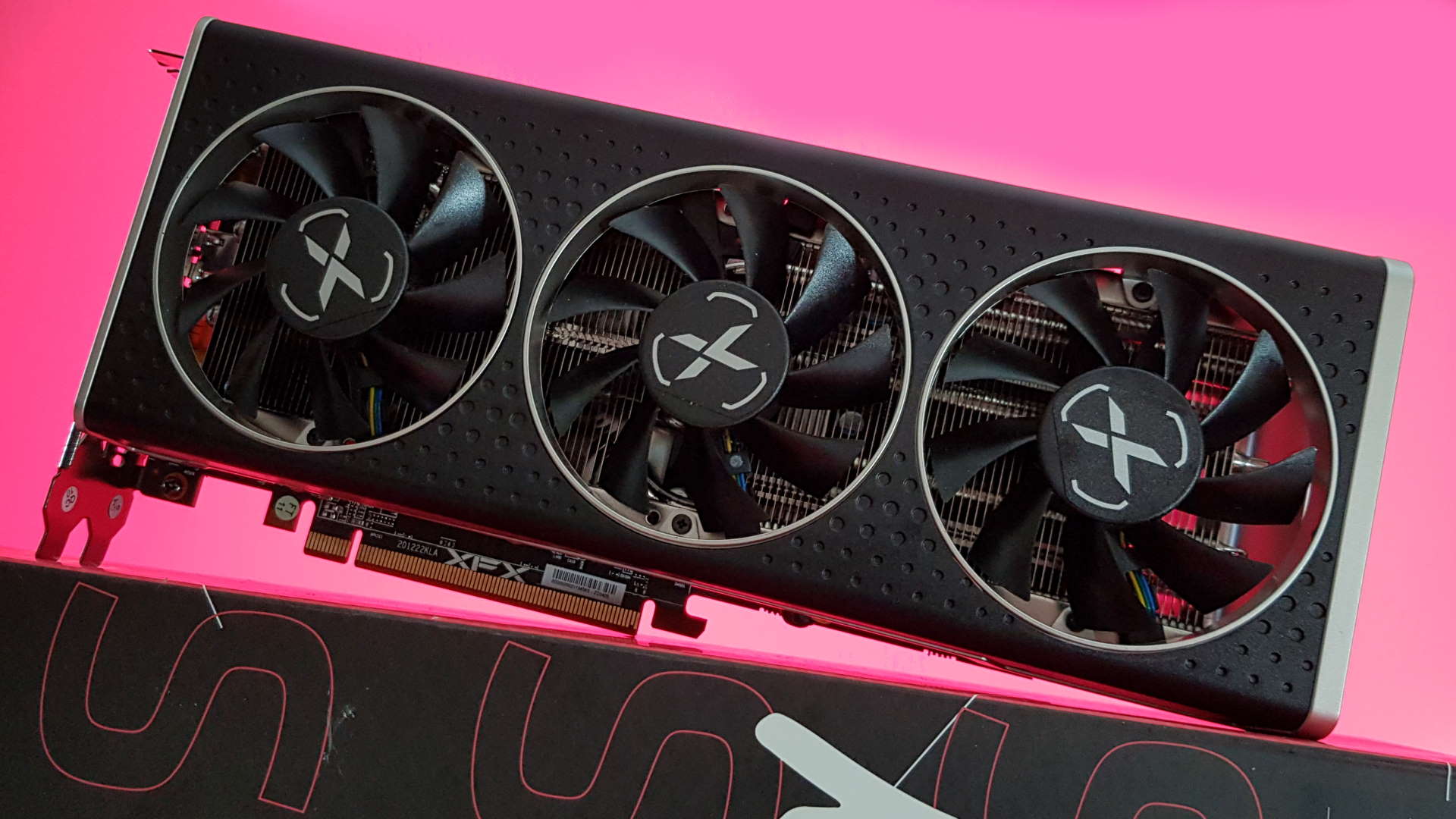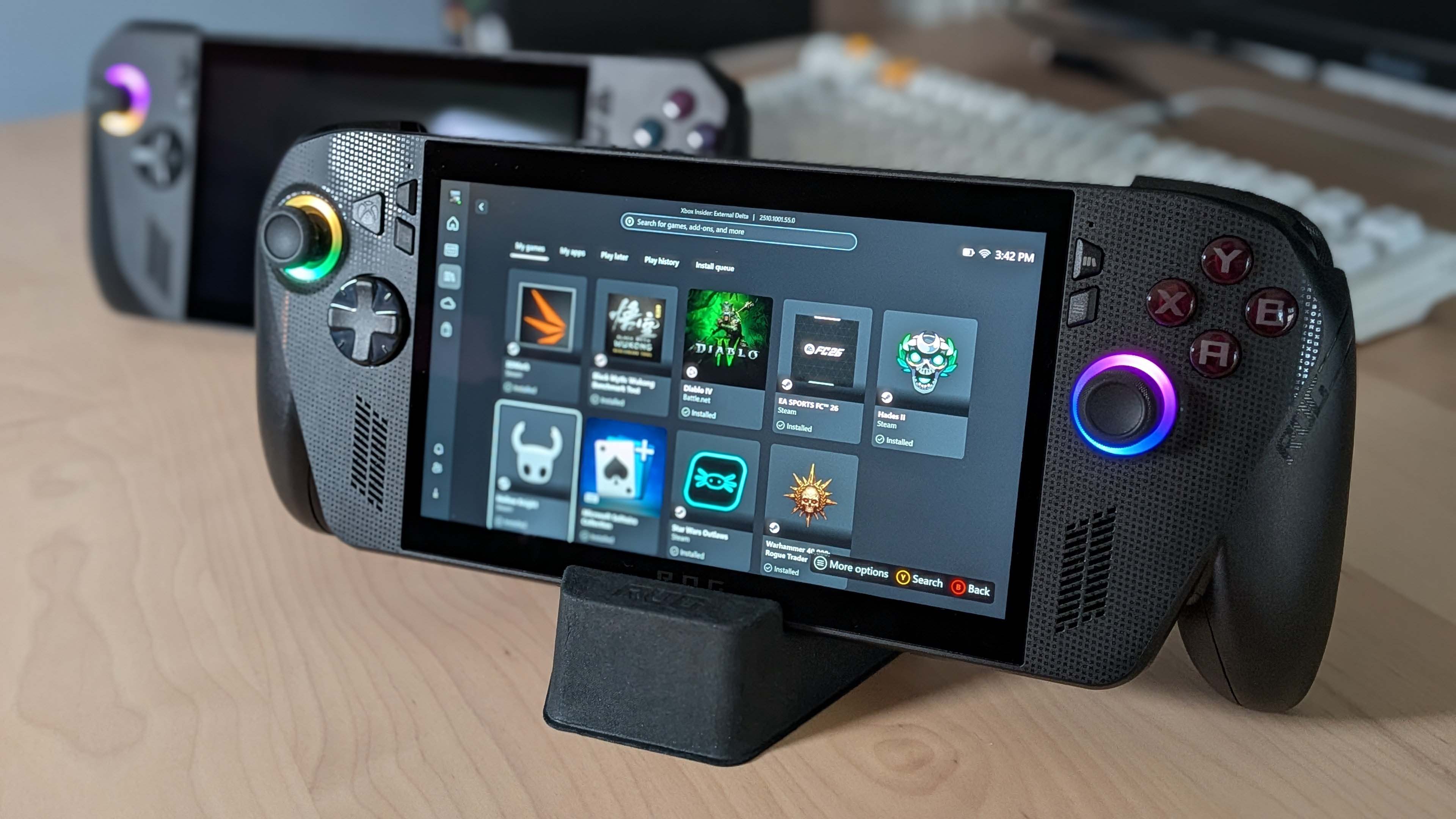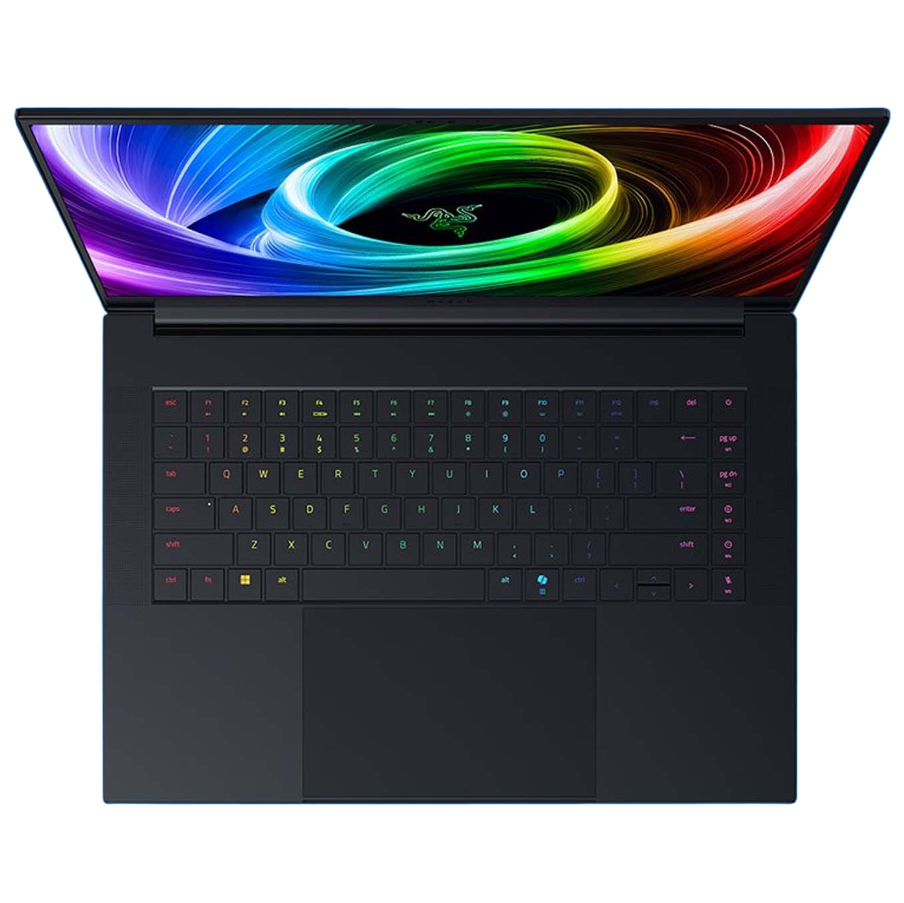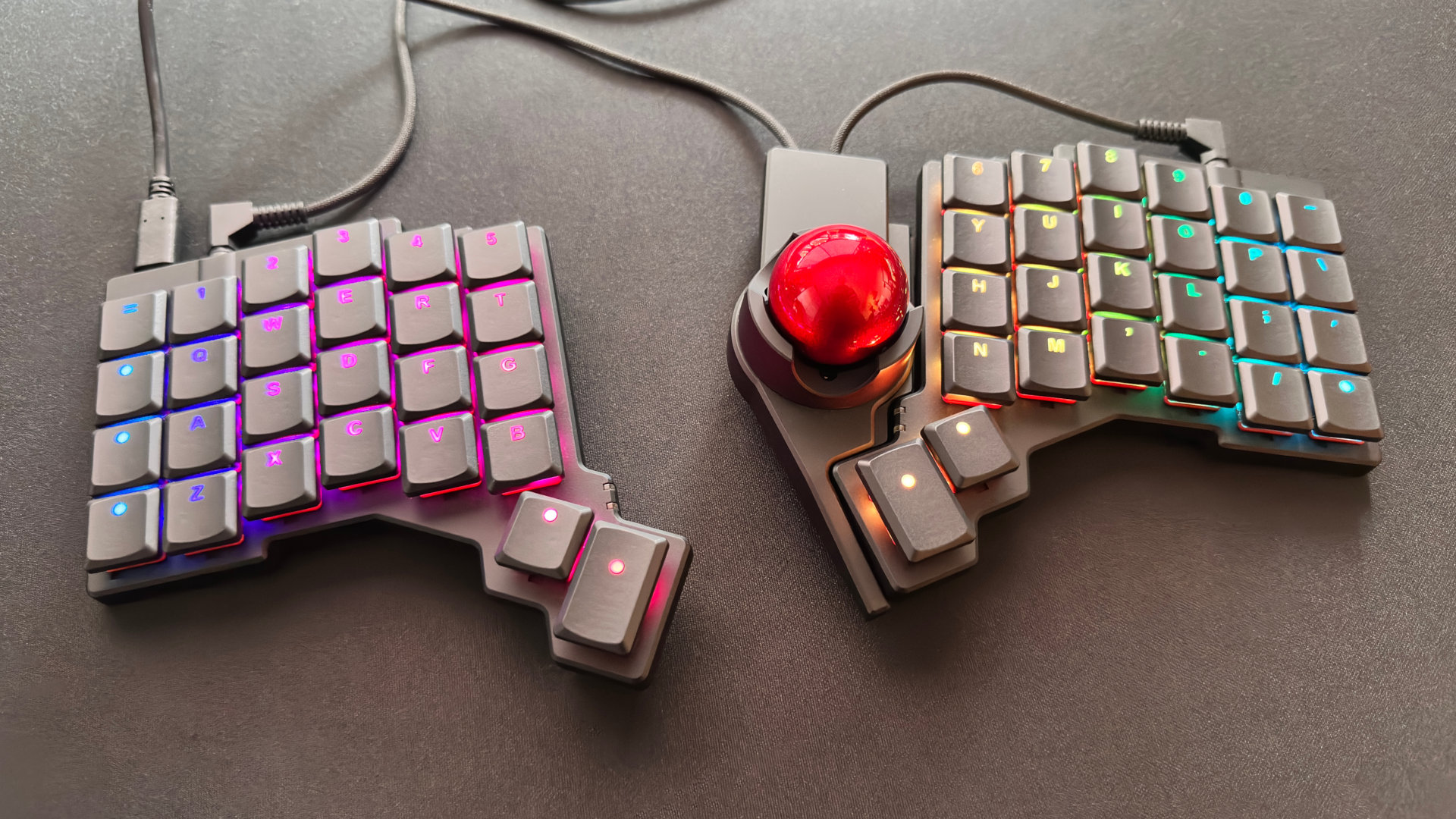AMD clarifies RX 5000 and RX 6000 GPUs will still get game-specific optimisations despite going into 'maintenance mode'
You could buy a new RDNA 2 GPU earlier this year.

Update, November 3, 2025: AMD has posted a blog entitled "Continued Support for Ever Radeon Gamer", where it clarifies that RDNA 1 and RDNA 2 GPUs will not be losing game-specific optimisations as they enter 'maintenance mode'.
Previously, AMD said, "Future driver updates with targeted game optimisations will focus on RDNA 3 and RDNA 4 GPUs," and focus appears to be the operative word here.
Effectively, AMD is instead splitting the code paths, with RDNA 3 and 4 getting new features faster and RDNA 1 and 2 continuing to receive stability and optimisation updates.
Original article: AMD has earned quite a bit of goodwill this year with the popular launches of the rather great RX 9070 XT and RX 9060 XT. AMD's wins were Nvidia's losses in consumer goodwill with the RTX 5070, in particular, having a pretty weak showing in our tests. As is ever the case, that pendulum has swung once more, with outrage in response to AMD moving RDNA 1 and 2 cards to legacy support.
The original AMD Adrenaline notice states, "New Game Support and Expanded Vulkan Extensions Support is available to Radeon RX 7000 and 9000 series graphics products." When quizzed on this by PC Games Hardware (machine translated), AMD said:
"RDNA 1 and RDNA 2 graphics cards will continue to receive driver updates for critical security and bug fixes. To focus on optimising and delivering new and improved technologies for the latest GPUs, AMD Software Adrenalin Edition 25.10.2 is placing Radeon RX 5000 and RX 6000 series graphics cards (RDNA 1 and RDNA 2) into maintenance mode. Future driver updates with targeted game optimisations will focus on RDNA 3 and RDNA 4 GPUs."
The first RDNA cards popped up in 2019, with RX 6000 series GPUs featuring RDNA 2 architecture. RX 6000 GPUs launched in 2020, and could still be bought new this year, so this seems like a particularly short shelf life for cards to lose game-specific optimisations, especially considering Nvidia's ongoing support for older cards.
Keep up to date with the most important stories and the best deals, as picked by the PC Gamer team.
The Sony PS5 is RDNA 2-based, as is the ROG Xbox Ally, which launched this month. The ROG Xbox Ally X has avoided this fate, thanks to the swanky Z2 Extreme chip and its RDNA 3.5-powered iGPU. No word has been stated on gaming handheld support thus far, but game-specific optimisations are important there.

As they are working off more limited hardware than a PC, handhelds perform as they do, in part, due to specific optimisations made. Losing that support could mean they age quicker going forward.
Potential buyers have taken to Reddit to vent their frustrations with this change. A thread helpfully titled "AMD what the f**k u are doing?" has seen 600 comments in just under a day, with many expressing confusion with RDNA 2, specifically, losing support. "I can maybe understand not focusing on the RDNA 1, but the 6000 series? The 6700XT, 6800XT, and 6900XT are still super relevant GPUs."
RDNA 2 cards are still performing well to this day, and make for a solid build, especially if you can buy them second-hand or at a lower price. Without further support, RDNA 2 cards are a worse investment in a rig from here on out. This is especially weird when the likes of the GRE version of the Radeon RX 6750 launched less than two years ago, and we saw RX 6750 XTs and 6950 XTs launching just three years ago.
Nvidia's RTX 20-series cards (which launched at a similar time to RDNA 1) are still receiving game-ready drivers from the Nvidia app, and it was only announced early this year that Nvidia would be winding down developer support for 9 and 10 series cards. AMD GPUs may be known for ageing like fine wine, but for game-specific support, RDNA 1 and 2 could be set to age like that bag of spinach in the back of your fridge.

1. Best gaming laptop: Razer Blade 16
2. Best gaming PC: HP Omen 35L
3. Best handheld gaming PC: Lenovo Legion Go S SteamOS ed.
4. Best mini PC: Minisforum AtomMan G7 PT
5. Best VR headset: Meta Quest 3

James is a more recent PC gaming convert, often admiring graphics cards, cases, and motherboards from afar. It was not until 2019, after just finishing a degree in law and media, that they decided to throw out the last few years of education, build their PC, and start writing about gaming instead. In that time, he has covered the latest doodads, contraptions, and gismos, and loved every second of it. Hey, it’s better than writing case briefs.
You must confirm your public display name before commenting
Please logout and then login again, you will then be prompted to enter your display name.

